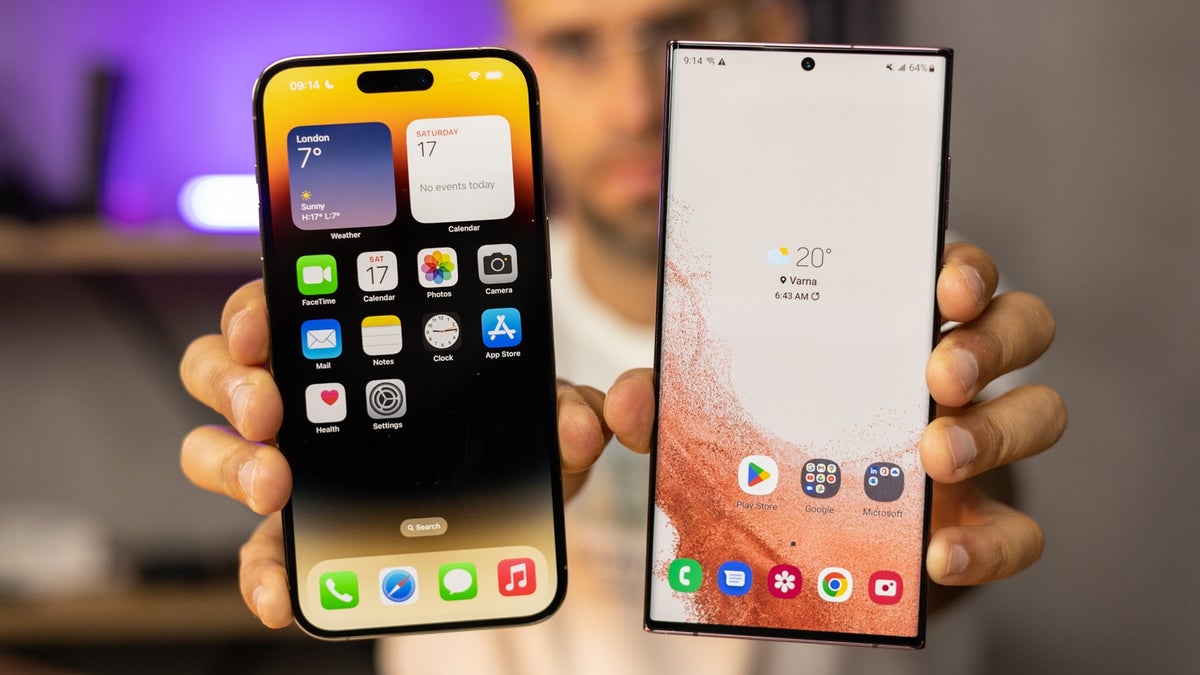The Deloitte TMT Predictions 2022 represents the world we live in now and in the future. It examines the role of COVID-19 as a catalyst for leveraging telecom trends, focusing on the lockdown-driven expansion of console gaming, streaming video services, health and wellness technologies, advanced connectivity for both prices and households, etc. This year’s forecasts also shed light on upcoming opportunities in the telecom sector, such as non-fungible tokens (NFTs), floating solar panels (photovoltaics) to expand the renewable energy mix, innovative wearable technology in healthcare, technical solutions for mental health wellbeing and sustainable smartphones. The Deloitte TMT 2022 forecasts also include five-year estimates for India’s smartphone boom and the impact of 5G, highlighting the expected surge India will see in smartphone sales due to increased 5G penetration.
India’s telecom sector has seen some major changes in 2021 that promise to reset its growth trajectory and generate revenue for the industry. The recent measures proposed by the union cabinet have given the poor sector a breather and encouraged investment in 5G equipment. The cabinet also approved a $1.62 billion (about Rs. 12,600 crores) PLI scheme for the telecommunications and network equipment manufacturing industries.
India expects to have 1 billion smartphone users in the next five years. By 2021, India had 1.2 billion mobile customers, of whom about 750 million were using smartphones. According to our research, the smartphone market will reach one billion users by 2026. From 2021 to 2026, this growth is likely driven by the rural sector at a CAGR of six percent, while the urban sector is expected to grow at a CAGR of 2.5 percent. Higher internet adoption is expected to boost demand for smartphones; this increased demand will be driven by the need to adopt fintech, e-health, and e-learning.
New smartphones will account for 95 percent of all smartphone replacements in the urban market over the next five years. As consumer demand in India continues to rise, the market has shown a fairly rapid replacement rate. In the urban sector, the average lifespan of a mobile device is three years. According to Deloitte’s estimate, 95 percent of urban replacements in 2026 will go to new smartphones, while only five percent will go to second-hand phones, compared to 75 percent and 25 percent, respectively, in 2021. The rural population is expected to follow a similar trend, with the average phone life being four years. About 80 percent of replacement is likely for new devices, with 20 percent for second-hand machines by 2026. As the number of smartphone users grows, the replacement of feature phones with smartphones is expected to decline eventually.

5G is expected to become the fastest-adopted mobile technology. According to Deloitte’s analysis, smartphone demand in India is expected to grow at a CAGR of six percent, reaching about 400 million smartphones in 2026 from 300 million in 2021. This high demand is likely to be created primarily after the launch of 5G, which will contribute 80 percent of devices (about 310 million units) by 2026 alone. 5G is expected to become the fastest-adopted mobile technology due to its diverse applications, such as high-speed gaming and remote care. After the launch of 5G, there will be 135 million (cumulative) deliveries of smartphones by 2026.
India’s smartphone revolution is likely to generate a predicted total cumulative shipment of 1.7 billion smartphones in 2022-2026, creating a market valued at approximately $250 billion (roughly Rs. 19,39,700 crore), which is likely more than 840. million 5G handsets will be sold in the next five years. From 2022, 5G penetration will increase year on year, increasing sales of 5G smartphones in India. Also, the newly announced $10 billion (approximately Rs. 77,600 crores) stimulus plan to boost semiconductor manufacturing in India and the government’s strong support for the BharatNet initiative in recent budget releases to fiberize rural and isolated areas by 2025 will certainly boost smartphone sales in India.
The author is Partner and Telecom Sector Leader at Deloitte India.
Disclaimer: The opinions expressed in this article are the author’s personal opinions. Gadgets 360 is not responsible for the accuracy, completeness, suitability, or validity of the information contained in this article. All information is provided on an as-is basis. The report, facts, or opinions in the description do not reflect the views of Gadgets 360, and Gadgets 360 does not accept any responsibility or liability for this.
Gadgets 360 Insights articles are written exclusively for our readers by industry leaders, analysts, researchers, and experts in various fields related to personal technology.




